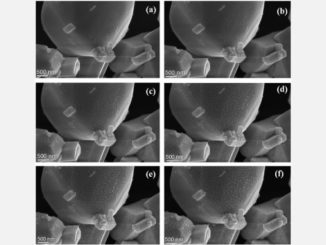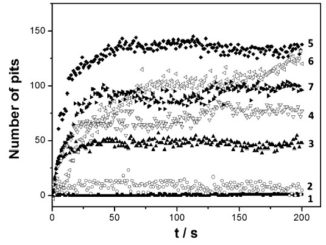
Writers: Glenda Biasotto, Maria G.A. Ranieri, Cesar R. Foschini, Alexandre Z. Simões, Elson Longo, Maria A. Zaghete
Keywords: Ceramics; Chemical synthesis; Crystal growth
Abstract: Good quality zinc oxide ZnO films were deposited on alumina substrates by the polymeric precursor method (PPM) using zinc acetate as the precursor. X-ray diffraction (XRD) was used to confirm the crystallinity of the zinc oxide films which were free of impurities and SEM study revealed the uniform deposition of fine grains with a thickness of 120 nm. ZnO films were used for CO gas detection at different times by recording the change in the film conductance. The faster response of ZnO sensors to CO gas is believed to be due to high porous sensing films which show higher surface-to-volume ratio. The O20, O″, O0 species concentration emerging from the [ZnO5 VO]þ1/2O2-[ZnO6] chemisorptions reaction affects the ZnO gas sensor response owing to the fact that the oxygen ion acts as a trap for electrons from the bulk of films.
DOI: 10.1016/j.ceramint.2014.06.099
See PDF: Gas sensor applications of zinc oxide thin film grown by the polymeric precursor method




